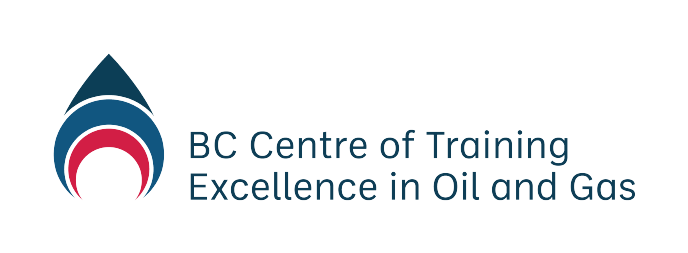-
Module 2.0 How to be Successful in this Course
-
Module 2.1 Introduction to Natural Gas
-
Module 2.2 The Natural Gas Industry in British Columbia
- Overview
- Learning Outcomes
- Natural Gas Science – The Simple Version
- Natural Gas Science – Chemistry
- Natural Gas Science – Physics
- Natural Gas Science – Units of Measurement
- Natural Gas Science – Geology
- Natural Gas Resources and Uses
- Oversight of the Natural Gas Industry
- Understanding Land Rights and Natural Gas
- Energy and the Future
-
Module 2.3 Upstream – Well Site Selection, Preparation and Drilling, Completion, Production, Water Recycling, and Reclamation
- Learning Outcomes
- The Upstream Sector – Extraction and Processing
- The Upstream Sector – Exploration and Site Selection
- The Upstream Sector – Preparation and Drilling
- The Upstream Sector – Completion
- The Upstream Sector – Production
- The Upstream Sector – Water Recycling
- The Upstream Sector – Reclamation
- Upstream Companies and Jobs in British Columbia – Companies
- Upstream Companies and Jobs in British Columbia – Industry Associations
- Upstream Companies and Jobs in British Columbia – Professional Associations
- New Vocabulary
-
Module 2.4 Midstream – Transportation, Processing, Refining
- Learning Outcomes
- The Midstream Sector
- The Midstream Sector – Processing Natural Gas
- The Midstream Sector – Liquefied Natural Gas
- The Midstream Sector – An Emerging Industry
- The Midstream Sector – Processing LNG
- The Midstream Sector – Proposed LNG Projects in British Columbia
- Transportation
- Midstream Companies and Jobs in British Columbia
-
Module 2.5 Downstream – Refining and Markets
-
Module 2.6 Health and Wellness in the Natural Gas Industry
-
Module 2.7 Safety
-
Module 2.8 Terminology and Communication
-
Module 2.9 Jobs and Careers
- Learning Outcomes
- Industry Outlook
- Technology is Changing Workforce and Skills
- Employment in the Natural Gas Industry
- Employment in the Natural Gas Industry – Types of Employment
- Employment in the Natural Gas Industry – Range of Jobs
- Employment in the Natural Gas Industry – High Demand Jobs and Occupations
- Occupational Education and Training
-
Module 3.0 How to be a Valued Employee
-
Module 3.1 Identifying Interests and Skills
-
Module 3.2 Looking for Employment in Natural Gas
-
Module 3.3 Applying for Employment in Natural Gas
Being prepared is an important part of successful learning. What does it mean to be “prepared for learning”?
Prepared for learning means:
- Getting a good night’s sleep.
- Eating breakfast.
- Bring whatever materials you need for the class with you (e.g. books, pens, computer, PPE, etc.)
- Assignments are completed and ready to hand in or discuss.
Being prepared also means being mentally prepared. If someone comes to class upset and distracted by outside matters, their mind isn’t on learning. If you aren’t taking care of the points above, then you will be stressed out, and you can’t learn well if you are stressed.
Sometimes you cannot control the outside distractions and complications from weighing on your mind while you are trying to focus on learning. You can calm your mind and your body so that you are more ready to learn. Learning Activity 3 gives one easy and fast trick you can use before you go into class to help you be prepared to learn. (it also works great before job interviews or other situations that feel stressful).
Learning Activity 3: Superhero pose

Instructions
- Find a space where you are not distracted by others. (If you are in a classroom, spread out around the room and face a wall.)
- Stand with your feet shoulder width apart, hands on your hips, elbows out wide.
- Lift your chin. Drop your shoulders.
- Breathe deeply for 10 breaths, in through your nose, out through your mouth.
This activity lowers blood pressure, increases oxygen in your body, and helps you feel relaxed and more confident. It takes only minutes but can make the difference in your day. Even if you are already running late and are stressed – take the extra two minutes in the hall to do this for yourself. You will be more prepared to learn.
If you are interested in learning more about how power posing can boost your confidence, check out this TEDTalk video (20 minutes, 48 seconds).
